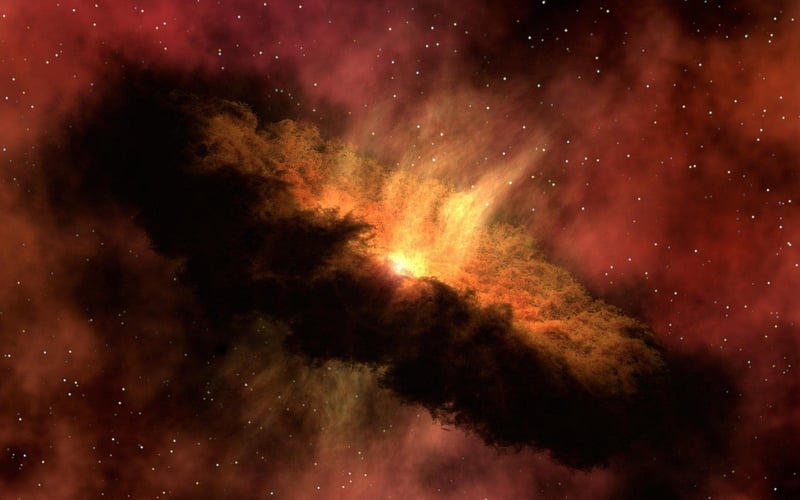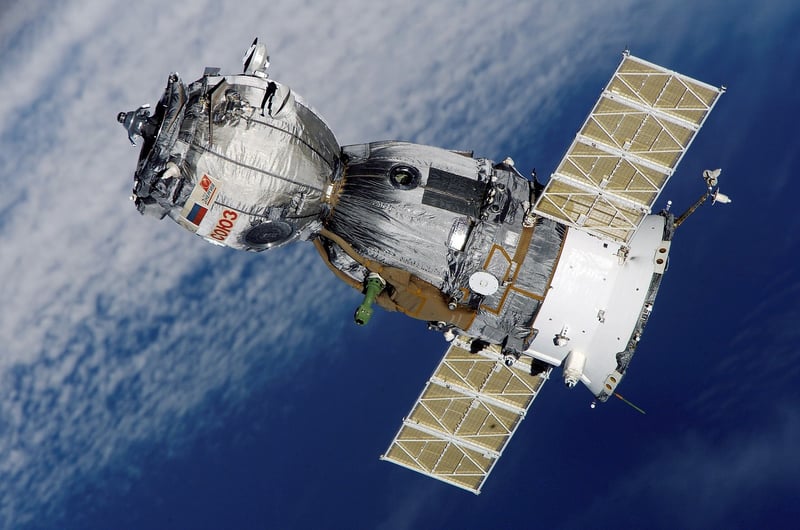Spacecraft Design
Innovations for Interstellar Missions and Spacecraft Design
Introduction
Space exploration has always captivated the human imagination. With the dream of reaching beyond our solar system, interstellar missions have become a focal point for scientists, engineers, and space enthusiasts. In this article, we will explore some of the latest innovations that are shaping the future of interstellar travel and spacecraft design.
1. Ion Propulsion Systems
Ion propulsion systems are revolutionizing space travel by providing efficient and continuous thrust over long durations. These systems use electric fields to accelerate ions to high speeds, offering significant fuel savings compared to traditional chemical rockets. Ion thrusters are being developed for interstellar missions to enable faster travel speeds and reduce overall mission durations.
2. Solar Sails
Solar sails utilize the pressure of sunlight to propel spacecraft through space. By deploying large, lightweight sails that reflect sunlight, spacecraft can harness the momentum of photons for propulsion. This technology offers a potentially unlimited source of energy for interstellar missions and could enable continuous acceleration towards distant stars.
3. Nuclear Thermal Propulsion
Nuclear thermal propulsion involves using nuclear reactors to heat propellant and generate thrust. This technology promises higher thrust levels and faster travel times compared to traditional propulsion systems. By harnessing the power of nuclear energy, spacecraft can achieve greater speeds and reach interstellar destinations more efficiently.
4. Advanced Materials and Construction Techniques
Developments in advanced materials such as graphene, carbon nanotubes, and metamaterials are enabling the construction of lighter, stronger, and more durable spacecraft. These materials offer enhanced thermal resistance, radiation protection, and structural integrity, making them ideal for long-duration interstellar missions where spacecraft reliability is crucial.
5. Artificial Intelligence and Autonomous Systems
Artificial intelligence (AI) and autonomous systems play a vital role in interstellar missions by enabling spacecraft to make real-time decisions, navigate complex environments, and perform tasks without human intervention. AI-driven systems can optimize mission trajectories, manage onboard resources, and respond to unforeseen challenges, enhancing the overall efficiency and success of interstellar missions.
Conclusion
The future of interstellar missions and spacecraft design is being shaped by a diverse range of innovative technologies. From advanced propulsion systems to cutting-edge materials and autonomous systems, these developments are paving the way for humanity to explore the vast expanse of space beyond our solar system. As scientists and engineers continue to push the boundaries of space exploration, the dream of interstellar travel is becoming increasingly achievable.
Image Source: Pixabay

